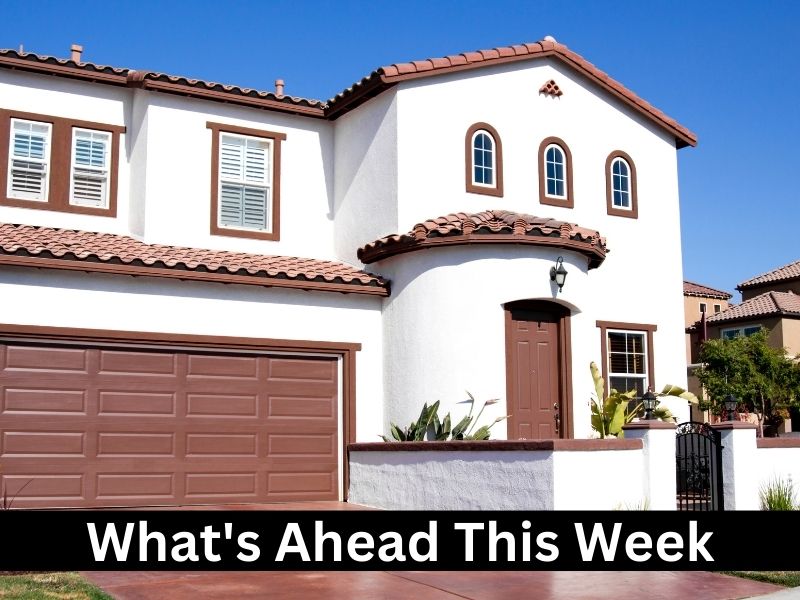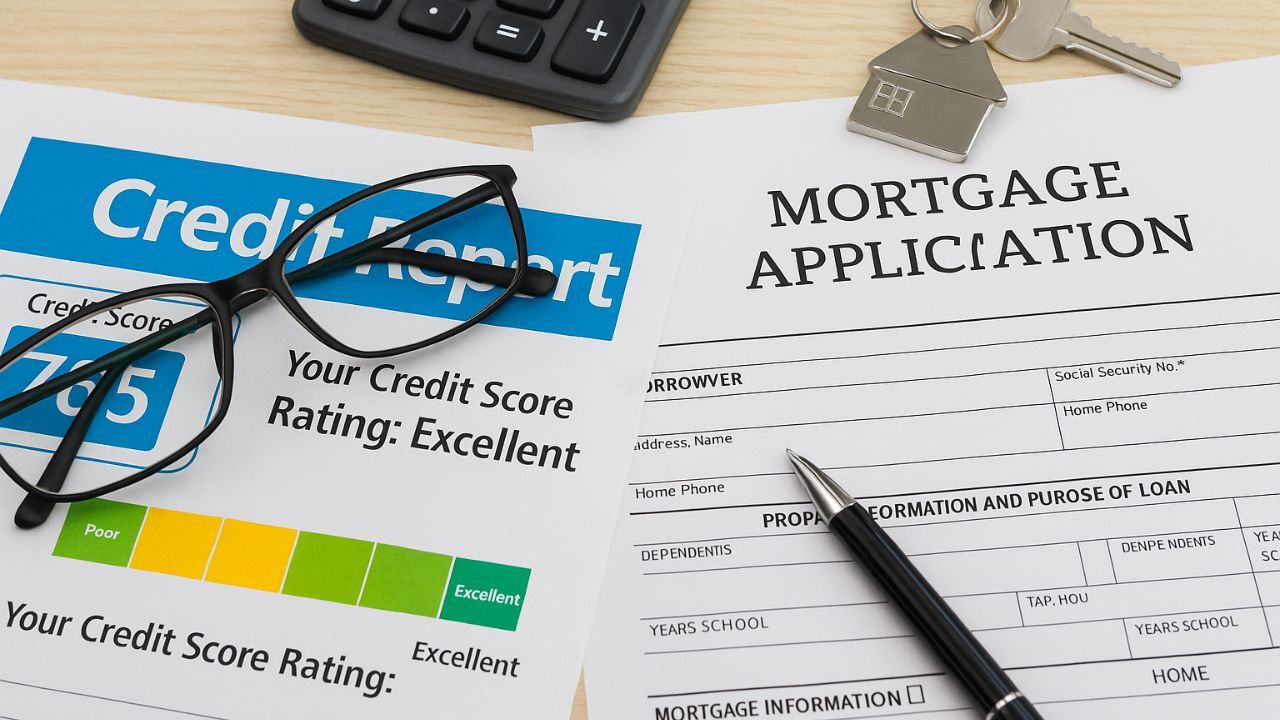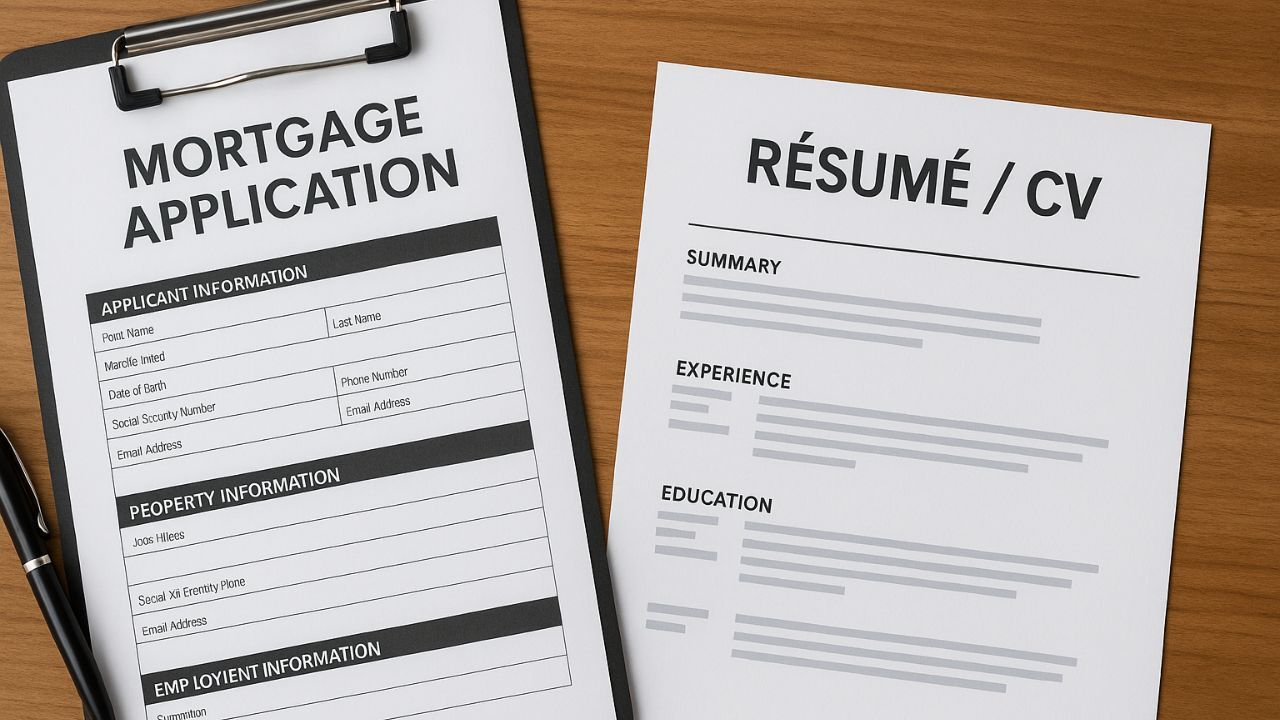What’s Ahead For Mortgage Rates This Week – October 20th, 2025

The government has been facing a shutdown for the past 19 days with continued obstinacy from both parties, largely over healthcare subsidies.
As a result, there will be few major reports this week, the most notable being the Federal Reserve’s Beige Book, which indicates that the U.S. economy is once again showing signs of slowing.
Federal Reserve Chairman Jerome Powell also provided comments on the current inflation outlook, noting that multiple private and public data sources show inflation remains largely within projections. He added that the Fed will maintain its current monetary policy stance despite the ongoing government shutdow. There is still another planned rate cut potentially this year.
Federal Reserve Beige Book
Reports from across the U.S. indicate sluggish economic conditions in much of the country, with only three of the Federal Reserve’s 12 district banks reporting expanding activity in their regions, according to the Federal Reverse’s latest “beige book” report. The remaining nine districts reported either flat or contracting economic activity.
Primary Mortgage Market Survey Index
• 15-Yr FRM rates saw a decrease of -0.01% for this week, with the current rate at 5.52%
• 30-Yr FRM rates saw a decrease of -0.03% for this week, with the current rate at 6.27%
MND Rate Index
• 30-Yr FHA rates saw a decrease of -0.04% for this week. Current rates at 5.99%
• 30-Yr VA rates saw a decrease of -0.03% for this week. Current rates at 6.01%
Jobless Claims
Initial Claims were reported to be delayed until further notice.
What’s Ahead
There are some expectations that the shutdown could end next week, and the CPI and PPI reports (key inflation reports) may potentially be on the horizon.

 When preparing to apply for a mortgage, it is important to understand how credit inquiries can impact your chances of approval. Lenders use your credit report to assess risk, and every inquiry can play a role in how they view your financial stability. By knowing the difference between soft and hard inquiries, borrowers can make smarter decisions and protect their credit scores during the home buying process.
When preparing to apply for a mortgage, it is important to understand how credit inquiries can impact your chances of approval. Lenders use your credit report to assess risk, and every inquiry can play a role in how they view your financial stability. By knowing the difference between soft and hard inquiries, borrowers can make smarter decisions and protect their credit scores during the home buying process. Switching jobs can be an exciting step in your career, but for homebuyers, it can also raise questions about mortgage approval. Lenders evaluate income stability when considering a mortgage application, and a recent job change can influence how they view your ability to repay the loan. Understanding how a new position impacts your application can help you plan strategically and improve your chances of approval.
Switching jobs can be an exciting step in your career, but for homebuyers, it can also raise questions about mortgage approval. Lenders evaluate income stability when considering a mortgage application, and a recent job change can influence how they view your ability to repay the loan. Understanding how a new position impacts your application can help you plan strategically and improve your chances of approval.